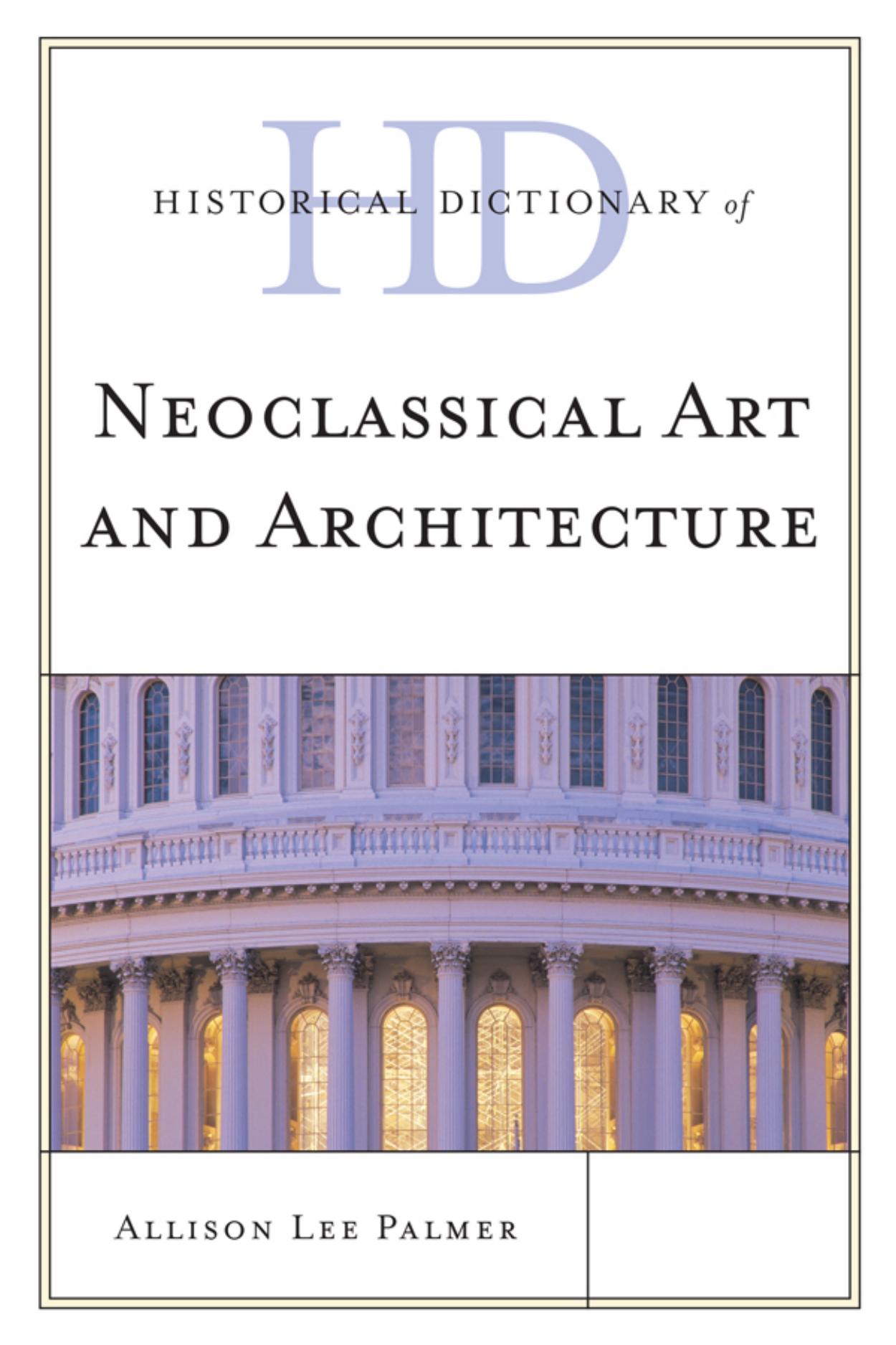Historical Dictionary of Neoclassical Art and Architecture by Allison Lee Palmer

Author:Allison Lee Palmer [Palmer]
Language: eng
Format: epub, pdf
Publisher: Scarecrow Press
Published: 2011-11-15T00:00:00+00:00
M
MACHADO DE CASTRO, JOAQUIM (1731â1822). Joaquim Machado de Castro is the best-known Portuguese sculptor working in the late 18th century. Born to an organ maker and minor sculptor in the town of Coimbra, Machado was first sent to study Latin at a school run by Jesuit priests, and at the same time, he learned sculpting with his father. In addition, Coimbra hosts one of the oldest universities in Europe, and the intellectual climate of Machadoâs youth certainly must have also influenced his theoretical interests, which rival his artistic output. Machado left home for Lisbon when he was 15 years old; he began to work for wood sculptor Nicholas Pinto and then with marble carver José de Almeida, an artist who had studied in Rome.
After establishing a career in Lisbon, he received an invitation to study at the royal sculpture school in Mafra overseen by Italian sculptor Alessandro Giusti (1715â1799). Mafra was an intellectual center during this era, and Machado took advantage of this climate with lessons in rhetoric and poetry. It was in Mafra where Machado received a letter in 1760 from the royal secretary Sebastião José de Carvalho e Mello, later the Marquis de Pombal, inviting him to submit a design for an equestrian figure of King José I of Portugal in Lisbon. Lisbon had suffered a disasterous earthquake in 1755, and Pombal played a major role in the reconstruction of the city. His work was so extensive that he was deemed a national hero and subsequently the architectural style of his commissions came to be called the Pombaline style.
Machado returned to Lisbon and completed the sculpture in 1775. In 1810, Machado de Castro published his Descripção analytica da execucão da estatua equestre in Lisbon, which narrates the account of his most famous commission and the first bronze equestrian to be cast in Portugalâthe equestrian of the King José I of Portugal. The bronze was cast in the Arsenal building and placed in the newly rebuilt Praça do Comércio. The bronze equestrian consists of a horse and rider standing on a tall, ornate base, both looking down at the viewer. Both appear with elegant features, which mitigate the militaristic symbolism of the armored leader. Instead, his tall, feathered helmet creates a graceful silhouette atop the figure. In Machadoâs treatise, he illustrates the figure from different angles and in details, and recounts the process of construction in the bronze foundry.
Machado trained an entire generation of neoclassical sculptors in his workshop in Lisbon, and therefore his artistic legacy continued throughout the 19th century. The National Museum Machado de Castro in Coimbra contains the most extensive collection of the artistâs works.
MADRAZO Y AGUDO, JOSà DE (1781â1859). Spanish painter José de Madrazo was born in Santander and studied in Madrid at the Academy of San Fernando. His talents attracted the attention of Don Fernando la Serna, ambassador to France, so Serna brought Madrazo to Paris where the artist entered the workshop of Jacques-Louis David. While in Paris, Madrazo received numerous commissions from King Carlos IV of Spain for classicizing historical paintings.
Download
Historical Dictionary of Neoclassical Art and Architecture by Allison Lee Palmer.pdf
This site does not store any files on its server. We only index and link to content provided by other sites. Please contact the content providers to delete copyright contents if any and email us, we'll remove relevant links or contents immediately.
The Japanese by Christopher Harding(1086)
Watercolor With Me in the Forest by Dana Fox(753)
A Theory of Narrative Drawing by Simon Grennan(742)
The Story of the Scrolls by The Story of the Scrolls; the M(725)
Glittering Images: A Journey Through Art From Egypt to Star Wars by Camille Paglia(717)
Boris Johnson by Tom Bower(620)
This Is Modern Art by Kevin Coval(599)
The Art and Science of Drawing by Brent Eviston(591)
Frida Kahlo by Frida Kahlo & Hayden Herrera(586)
AP Art History by John B. Nici(575)
Banksy by Will Ellsworth-Jones(569)
War Paint by Woodhead Lindy(551)
Van Gogh by Gregory White Smith(547)
Draw More Furries by Jared Hodges(545)
Scenes From a Revolution by Mark Harris(544)
About Looking by John Berger(543)
Ecstasy by Eisner.;(535)
100 Greatest Country Artists by Hal Leonard Corp(524)
Young Rembrandt: A Biography by Onno Blom(514)
